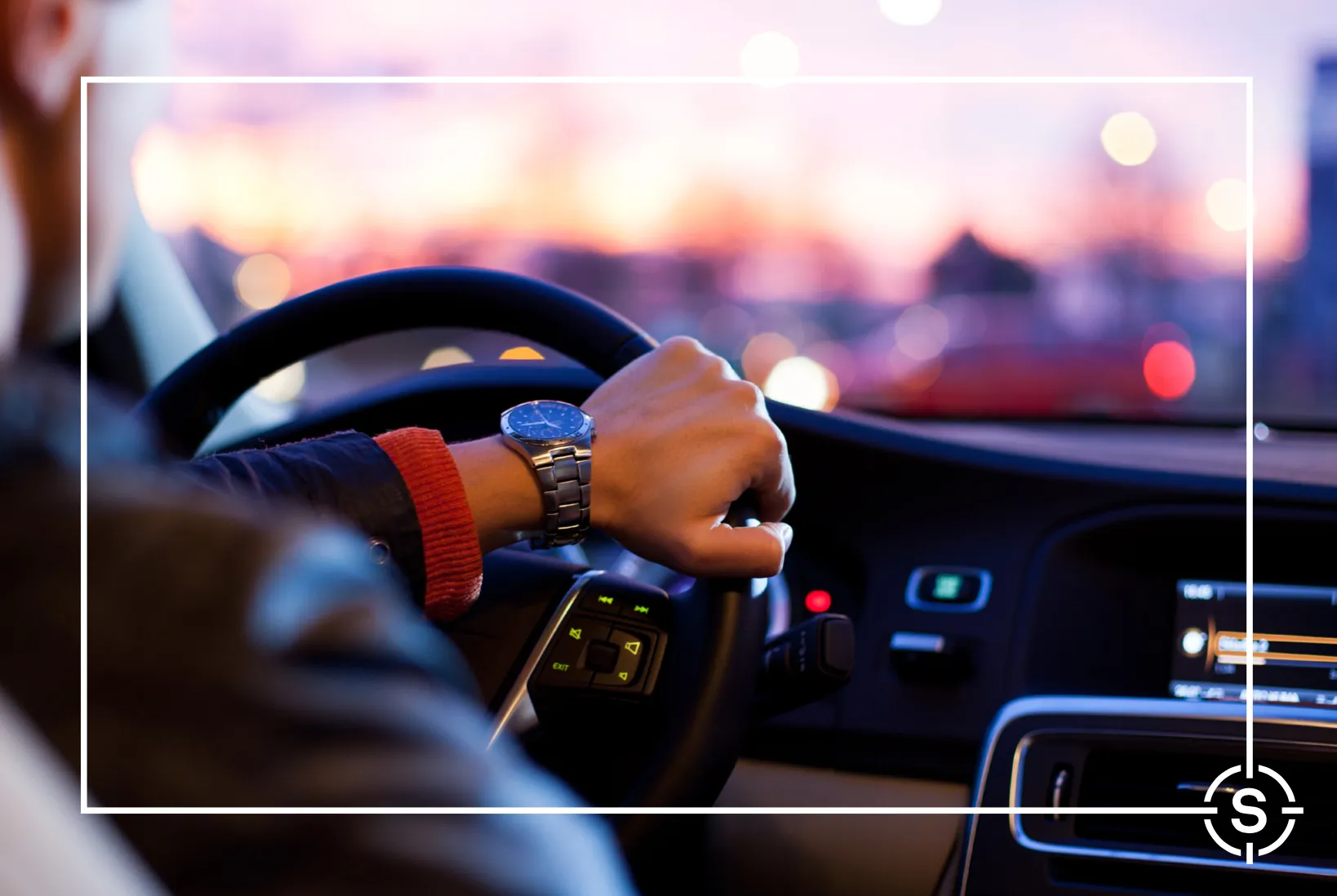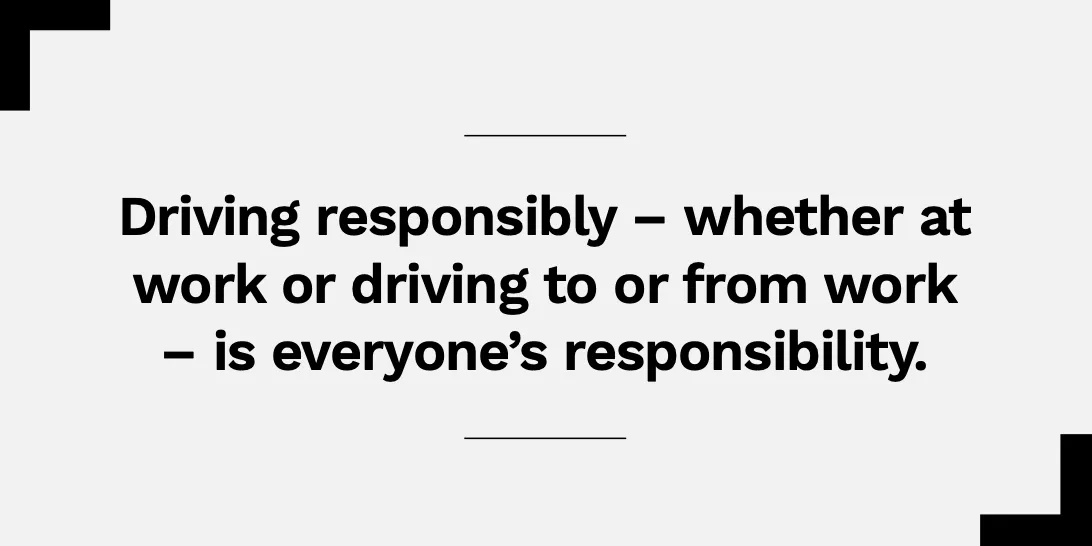Motor vehicles – Restrictions
Te Haumaru Waka me ngā Here

Who needs to read this?
All workers who undertake work with, or work that interacts with, motor vehicles or drive to work should read and understand the section on ‘minimum responsibilities’.
Roles that have specific responsibilities, or influence, over work with motor vehicles should read the section on ‘planning and guidance considerations’ – this includes producers, directors, production managers, line producers, heads of departments, assistant directors and health and safety officers.
Anyone who operates or is responsible for, or has influence over, a motor vehicle must read and understand all sections of this chapter. This includes drivers of Heavy Motor Vehicles/ Goods Service Vehicles of more than two axles or greater than 3500 kilos manufacturer's gross laden weight, and to drivers of any vehicle carrying more than 10 passengers.
Definitions
Action vehicle means any moving vehicle being used as part of a film sequence.
All-terrain vehicle (ATV) means any vehicle that is principally designed for off-road use. They have three or more wheels, an engine capacity exceeding 50ml and a gross weight of less than 1000kg.
Motor vehicle means any powered vehicle or trailer used on or off the road. Tracking vehicle means a vehicle that is used for the mounting of cameras and
other equipment for photography of, or in, a stationary or moving vehicle.
Specific risks
- Being struck by a vehicle
- Crashes between vehicles and with structures and equipment
- Falls from vehicles
- Fatigue
- Fire
- Exhaust fumes
Minimum Responsibilities
Everyone on a screen production who does, or could, work with motor vehicles, or drives to work, should read and understand this section.

All workers must:
- hold the appropriate license/s for the vehicle/s they drive;
- understand and follow New Zealand laws and regulations relating to motor vehicles and driving;
- understand how fatigue can impact their ability to drive safely and should read the fatigue chapter;
- wear seatbelts, where fitted;
- abide by the alcohol and drugs chapter (link to alcohol and drug chapter); and
- inform the production manager if they lose their license.
Foreign drivers should follow this chapter and can find out more useful information from the NZ Transport Agency.
Planning and Guidance Considerations and Responsibilities
Everyone who has planning responsibilities for or planning influence over activities that interact with motor vehicles should read and understand this section, as well as the minimum responsibilities for everybody.
This includes funders, the Production Company, Producers, persons in charge, and Health and Safety Officers.
Person in charge
The person in charge / those with direct planning responsibilities for or influence over a driver (such as the worker’s superior or the person who hired them) must ensure the driver:
- holds the appropriate license/s for the vehicle/s they drive; and
- abides by the guidelines outlined in the section ‘Responsibilities specific to operating motor vehicles’ below;
- is given, and does not exceed, limitations for driving;
- is given adequate time off; and
- reads and understands the chapter on fatigue.
Funder
Funders should:
- be assured, through the provision of the production’s health and safety plan, that the funding provided is adequate to provide for competent people to undertake and supervise work with motor vehicles.
Production Company / Producer / Production Manager
- Production companies (likely to have primary responsibility over health and safety on the production) must:
- consider the potential risks associated with the use of motor vehicles when planning and allocating tasks;
- ensure the potential risks associated are appropriately managed, either eliminating or minimising them; and
- consider fatigue and workloads involving driving when creating schedules;
- engage competent persons to oversee and undertake work with motor vehicles.
- ensure location and studio driving restrictions are followed – for example a lower speed limit on a studio lot.
Health and Safety Officer
The Health and Safety Officer should ensure potential risks associated with motor vehicles are discussed with all cast and crew during health and safety inductions and / or as required if circumstances on the set change.
Responsibilities specific to operating Motor Vehicles
Anyone who operates or is responsible for, or has influence over, a motor vehicle must read and understand this section, as well as the previous sections, including, but not limited to, drivers of passenger vehicles, Heavy Motor Vehicles and Goods Service Vehicles.
Drivers – all
All drivers must:
- hold the appropriate license/s for the vehicle/s they drive; and
- understand and follow New Zealand laws and regulations relating to motor vehicles and driving – in particular restrictions specific to their type of driver’s license, for example:
- ~learners license;
- ~small passenger service vehicle license;
- ~heavy vehicle license; or
- ~motorcycle license.
All drivers should:
- undertake a safety check of the vehicle and any attachment before each job;
- check the vehicle has a current Warrant of Fitness or Certificate of Fitness or Permit to Operate;
- check heavy vehicles’ road user charges (RUC) are up-to-date;
- read and understand the section below on tracking vehicles, action vehicles, and/or all-terrain vehicles if relevant to their role as a driver;
- not exceed legal, or recommended, driving limitations; and
- have adequate time off duty.
Person in charge
The person in charge of those operating motor vehicles – such as a direct supervisor or the person who hired the worker – on or around the production should ensure:
- drivers have adequate time off duty; and
- where possible, that drivers do not exceed driving limitations.
Driving Limitations
It is recommended that all drivers on a production follow the same rules provided by the New Zealand government to drivers of heavy motor vehicles / good service vehicles and small passenger service vehicles.
This means, in any 24-hour period drivers:
- should not drive for more than 11 hours;
- should not drive for more than 5.5 hours continuously, and the minimum break is half an hour;
- should not be at work or be on duty for more than 14 hours
- ~~this includes all working and driving time combined, whether paid or unpaid; "on duty" is defined as any time required to carry out the requirements of the job and includes any other paid employment in which a person is engaged;
- should be off-duty for at least nine hours continuously; ie: from the time a person finishes work at the end of the working day to the time a person starts back at work.
NOTE: There are substantial fines and disqualification penalties for abuse of these rules and they may be imposed on both the driver and the employer.
Tracking Vehicles
Drivers of tracking vehicles should understand and ensure recommendations in this section are followed.
Vehicle-to-Vehicle Shoots
When performing vehicle-to-vehicle shoots, the vehicles should be driven by a driver competent in close moving vehicle driving.
Restricted Access to the Vehicle and Safe Loading
The vehicle should be restricted to essential personnel only and the loading shall be within the safe loading limits of the vehicle.
There should no more people in the vehicle than there are seats with seatbelts.
Public Roads
When filming on or adjacent to public roads a Traffic Management Plan (TMP) must be applied for and approved by the roading authority responsible for
that section of road. TMP's can only be obtained through a registered traffic management company. It is recommended that a traffic management company familiar with filming and events is contracted to provide these services.
When filming on or adjacent to a public road where the driving public may be distracted, the Police should be notified. Adequate warning should be given to other traffic of a tracking vehicle operating. The Traffic Management Company notifies Police if necessary, not the film company.
If on an open road, the overall dimensions of the vehicle should not exceed the dimensions set out by the NZ Transport Agency.
Traffic Controller
When filming on or adjacent to public roads, a designated traffic controller must be engaged, likely by the locations manager, to be responsible for carrying out temporary public traffic control duties as required.
The traffic controller:
- must use appropriate safety equipment and clothing; and
- has the responsibility to stop a shoot if the crew are operating outside of the approved condition of the TMP
Mounting Equipment on the Vehicle
Any equipment attached to a vehicle that is to be driven on a public road must be included in the TMP (see above) and approved of in advance by the issuing authority.
Equipment mounted on the vehicle must be firmly attached to the vehicle.
If using lamps or other equipment running off 230 volt power supply (mains, generator or invertor), lamps must comply to relevant New Zealand regulations and the chapter on electrical safety should be read and followed.
Any rigging on a vehicle must be undertaken by a competent person.
Equipment rigged inside or outside of a vehicle should be secured so as to not harm occupants in an accident.
NOTE: that rigging to outside and/or inside of vehicle may make vehicle safety devices inoperable or more dangerous in case of an incident.
Towing Weight Limitations
The manufacturers limitations on the maximum weight being towed by a vehicle should be complied with.
Safety in Adverse Conditions
Extra consideration should be given to the safety of personnel working on such vehicles in adverse conditions.
Communication between Traffic Controller and Driver
The 1st assistant director or person with delegated responsibility should ensure that adequate communication with the driver and traffic controller is established before any driving takes place.
Warning of Movement of Vehicles
Warning of the movement of vehicles should be given to all crew and cast members in the immediate vicinity of the vehicles.
Dry Run and Authority to Abort
A "dry run" or "walk through" of any action should be conducted prior to rehearsal or filming with all personnel involved present. An understanding of any intended action, possible deviations and authority to abort, should be made clear to all concerned.
Action Vehicles
The appropriate person in charge, for example the stunt or vehicle coordinator, must ensure action vehicles:
- are only be used under the control of a competent person; and
- whether independently mobile or not, are appropriate for the task for which it is to be used.
All-Terrain Vehicles
All-terrain vehicles (ATVs) include quad bikes, smaller ‘side-by-sides’ and amphibious vehicles.
On Road
When using ATVs on roads, drivers, and the person in charge, must ensure:
- the ATV is registered and licensed;
- the ATV has a current warrant of fitness (except if used as a farm vehicle);
- the driver holds a current New Zealand driver licence;
- the manufacturer’s recommendations for passengers and loading are followed
- ~~ there should only ever be one person on a quad bike; and
- the driver, and any passengers, wears an approved safety helmet.
Off Road
An ATV that is never used on a road does not need to be registered or licensed.
When using ATVs off roads, drivers, and the person in charge, must ensure:
- the manufacturer’s recommendations for passengers and loading are followed
- ~~there should only ever be one person on a quad bike; and
- the driver, and any passengers, wear an approved safety helmet.
For more information about ATV requirements visit the NZ Transport Agency website.
Recommended Reading
- Quads bikes and ATVs, NZTA
- Safe filming and recording in, from and around vehicles, HSE
- Vehicles: recording in, from and around, BBC
- Guidelines to filming on the move, Metropolitan Police

